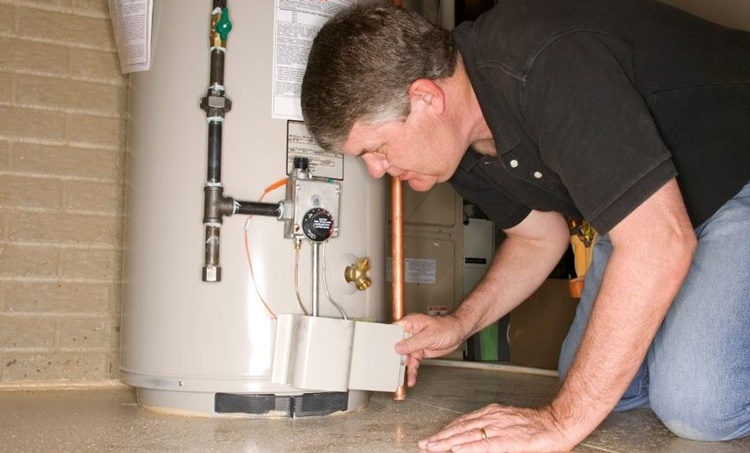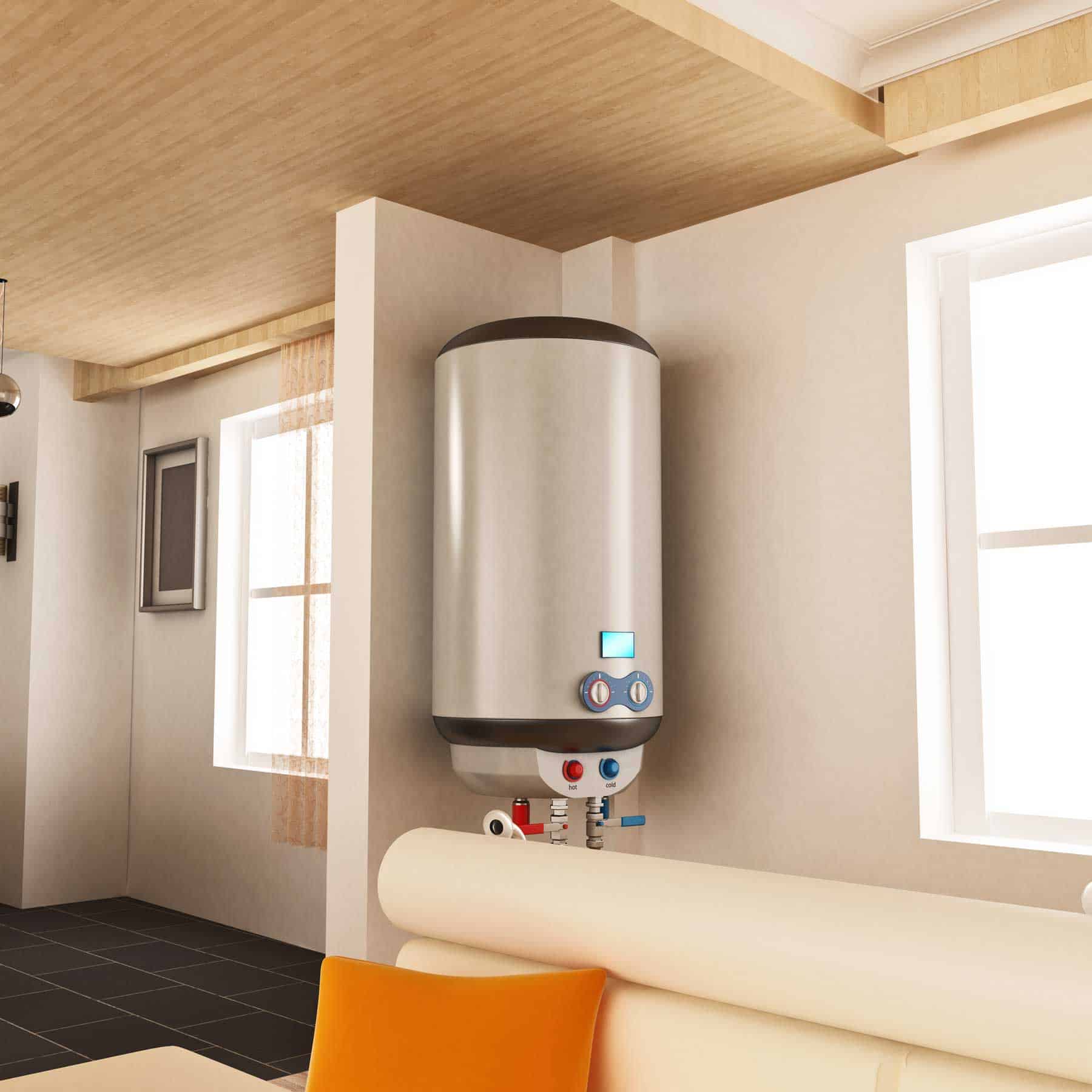Expert Tips for Maintaining Your Home's Hot Water System
Expert Tips for Maintaining Your Home's Hot Water System
Blog Article
In this article down the page yow will discover some amazing advice about Water Heater Maintenance Tips You Can't Afford to Forget.

Hot water is crucial for daily convenience, whether it's for a refreshing shower or cleaning dishes. To guarantee your warm water system runs efficiently and lasts much longer, regular maintenance is crucial. This article gives useful ideas and insights on exactly how to keep your home's warm water system to avoid interruptions and pricey fixings.
Introduction
Preserving your home's warm water system could seem complicated, yet with a couple of simple steps, you can ensure it runs efficiently for years to come. This overview covers everything from understanding your hot water system to do it yourself upkeep tips and knowing when to contact professional help.
Significance of Preserving Your Warm Water System
Normal upkeep not just extends the life expectancy of your warm water system yet additionally ensures it operates efficiently. Overlooking maintenance can bring about lowered efficiency, higher energy bills, and even premature failure of the system.
Indications Your Warm Water System Requirements Upkeep
Understanding when your warm water system requires interest can stop significant concerns. Keep an eye out for indicators such as irregular water temperature level, weird sounds from the heating system, or rusty water.
Flushing the Water Heater
Purging your hot water heater gets rid of debris accumulation, enhancing performance and lengthening its life.
Monitoring and Replacing Anode Rods
Anode rods avoid corrosion inside the tank. Inspecting and replacing them when worn is important.
Complicated Issues Requiring Specialist Help
Instances include major leaks, electric troubles, or if your hot water heater is regularly underperforming.
Regular Expert Maintenance Benefits
Specialist upkeep can consist of complete inspections, tune-ups, and making certain conformity with security standards.
Evaluating and Changing Temperature Setups
Readjusting the temperature level settings ensures optimum performance and safety.
Do It Yourself Tips for Maintenance
You can carry out a number of upkeep jobs yourself to keep your warm water system in top problem.
Looking for Leaks
Consistently check pipes and connections for leakages, as these can bring about water damage and greater expenses.
Understanding Your Warm Water System
Before diving into upkeep tasks, it's valuable to comprehend the basic parts of your hot water system. Usually, this consists of the hot water heater itself, pipelines, anode rods, and temperature controls.
Month-to-month Upkeep Tasks
Routine regular monthly checks can aid catch small concerns before they escalate.
Checking Pressure Alleviation Valves
Examining the pressure safety valve ensures it operates properly and prevents extreme stress buildup.
Protecting Pipelines
Protecting hot water pipes lowers heat loss and can conserve power.
When to Call a Professional
While do it yourself upkeep is helpful, some issues need specialist proficiency.
Verdict
Normal maintenance of your home's hot water system is essential for effectiveness, long life, and price savings. By complying with these pointers and recognizing when to seek expert aid, you can ensure a trusted supply of hot water without unforeseen interruptions.
How to Maintain an Instant Hot Water Heater
Before tinkering with your hot water heater, make sure that it’s not powered on. You also have to turn off the main circuit breaker and shut off the main gas line to prevent accidents. Also turn off the water valves connected to your unit to prevent water from flowing into and out of the appliance. 2. When you’re done, you have to detach the purge valves’ caps. These look like the letter “T†and are situated on either side of the water valves. Doing so will release any pressure that has accumulated inside the valves while at the same time avoid hot water from shooting out and burning your skin. 3. When the purge valves’ caps are removed, you have to connect your hosing lines to the valves. Your unit should have come with three hoses but if it didn’t, you can purchase these things from any hardware or home repair shops. You can also get them from retail stores that sell water heating systems. Read the user’s manual and follow it to complete this task properly. When the hosing lines are connected, open the purge port’s valves. 4. You should never use harsh chemical cleaners or solutions when cleaning your unit. Make use of white vinegar instead. It should be undiluted and you’ll probably use about 2 gallons. 5. Now flush your water heater. This task should probably take about 40 minutes. We can’t give you specific directions for this because the procedure is carried out depending on the type, model and brand of your heater. With that being said, refer to the user’s manual. 6. When you’re done draining the unit, you have to turn off the purge port valves again. Remove the hosing lines that you earlier installed on each of the water valves. Put the valve caps (purge port) back in their respective places and be very careful so as not to damage the rubber discs that are found inside these caps. 7. Now that everything’s back in place, check your user’s manual again to find out how to reactivate your water heating system. 8. Once it is working, turn one of your hot water faucets on just to let air pass through the heater’s water supply pipes. Leave the tap on until water flows smoothly out of it. https://www.orrplumbing.com/blog/2014/september/how-to-maintain-an-instant-hot-water-heater/

Do you appreciate reading about Water Heater Maintenance Tips You Can't Afford to Forget? Write a short review further down. We would be delighted to hear your thinking about this blog post. Hoping that you visit us again before long. Are you aware of someone else who is fascinated with the niche? Why not share it. I recognize the value of reading our article about How to Maintain Your Water Heater & Prolong its Life.
Request Service Report this page